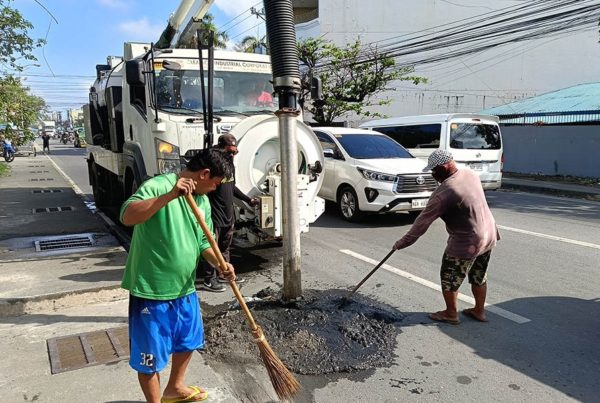COVID-19 daily average up to 373 case per day
REGION 1 DAILY AVERAGE SHOOTS UP
REGION’S health authorities confirmed that COVID-19 cases in Region 1 already averaged 373 cases per day during the second week of January.
The situation started as eight cases average per day during the last week of December, then 11 cases per day during the first week of January
Dr. Rheuel Bobis, medical officer IV and COVID-19 focal person in Region 1, warned to expect the worse given the unprecedented surge in cases half of January and 2,293 cases had already been logged from January 1 to 12 alone.
He added it is likely that the cases will spike some more up to the end of this month.
The Department of Health-Center for Health Development 1’s data show that Pangasinan logged 896 active cases as of January 12, La Union (610), Ilocos Norte (429), Ilocos Sur, (131) and Dagupan, an independent component city, (227).
Total cumulative cases from March 2020 to January 12, 2022 was 96,506 while those that recovered total 91,932 or 95,25 percent and those that died were 2,290 or 2.37 percent.
The figures already included the 647 new cases in the region on January 12: 139 in Pangasinan, 208 in La Union, 253 in Ilocos Norte, 70 in Ilocos Sur and 39 in Dagupan City.
This sudden spike of cases at the start of the new year prompted the Inter-Agency Task Force for the management of Emerging Infectious Diseases to elevate the Alert Level2 classification of Dagupan City, firstly, and the provinces of Pangasinan, La Union and Ilocos Norte to Alert Level 3.. Ilocos Sur is the only province in Region 1 under Alert Level 2.
Bobis said they are not discounting the possibility that the new Omicron variant may have been a big factor for the sudden increase in cases although, he clarified that it is only the Philippine Genome Center that can confirm if it was the Omicron that did it.
“We are looking more into the increased exposure of the people due to their increased mobility during the Yuletide season when quarantine regulations eased up, allowing many of them to go out of their respective homes and in many social occasions where they exposed themselves to the virus, Bobis said.
Data showed that out of the 2,293 active cases logged, 647 were admitted to various hospitals, 371 were admitted in treatment and monitoring facilities, and 221 were on home isolation.
The most affected groups were the 25 to 29 years old age group and the 30 to 34 years old age group which accounted for 22 percent, while the most common affected groups were from 65 to 69 years old and the 70 to 74 years old who comprised 20 percent.
Senior citizens from 70 years old or older, he said, comprised 64.4 percent of those who died from COVID-19.
On the status of health facilities, utilization of beds dedicated for COVID-19 was 47 percent, utilization of Intensive Care Units at 55 percent, utilization of isolation beds, 22 percent; and utilization of medical ventilators, remains at 12 percent.
At the same time, Bobis urged the people not to belittle the Omicron because based on the assessment of Heath authorities, there are new evidence that Omicron “can still lead to severe and critical cases, especially to the elderly”. (Leonardo Micua)







